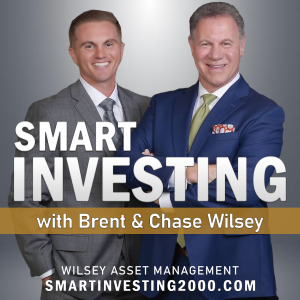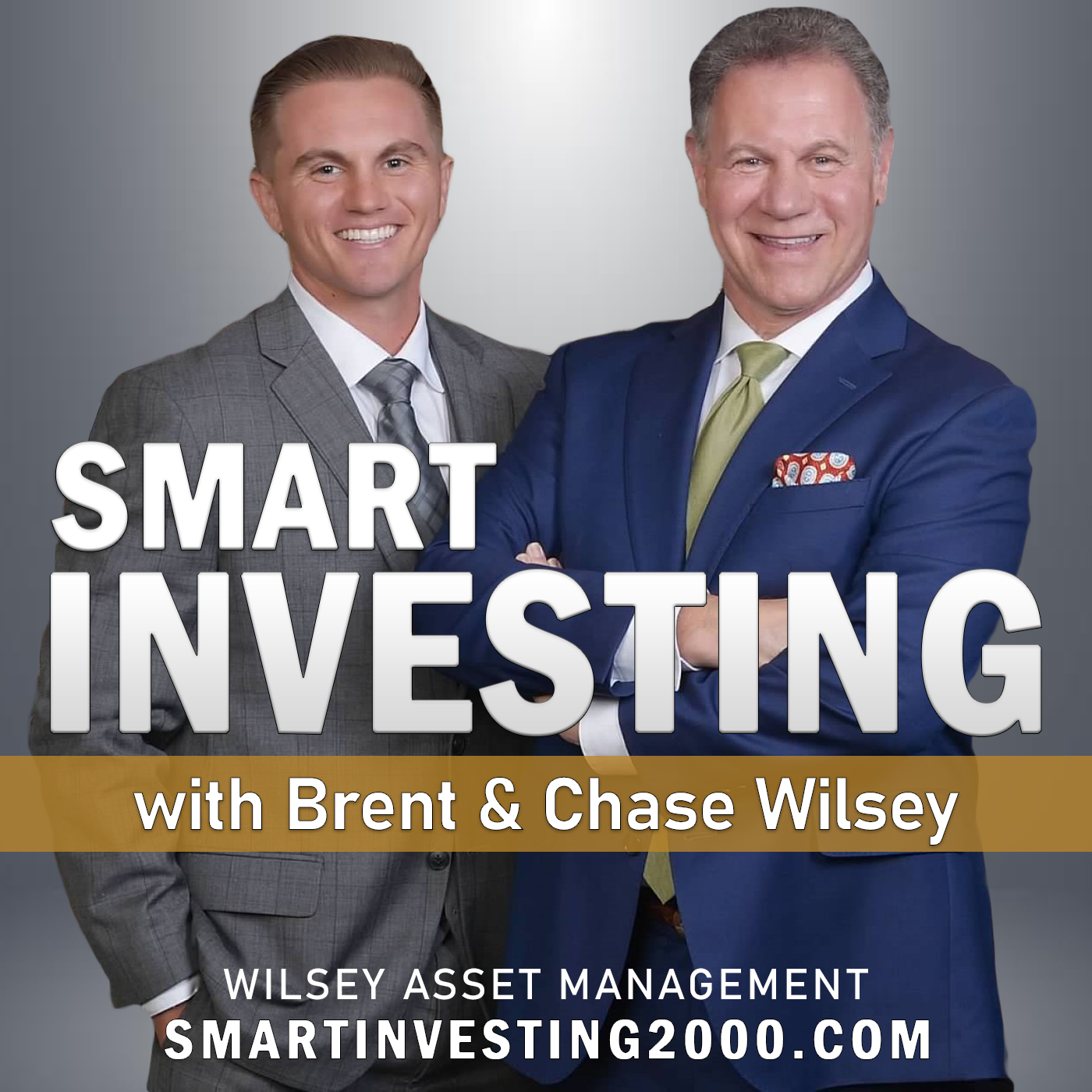Episodes

5 days ago
5 days ago
Are tariffs impacting inflation yet?
The Consumer Price Index, also known as the CPI, in the month of June showed an annual increase of 2.7%, which was in line with expectations. Core CPI, which excludes food and energy, came in at 2.9% and was also in like with expectations. It was slightly above May’s reading of 2.8%, but given all the news around tariffs I think most would be surprised to see the limited change in prices given all the concerns. Some economists that tried to find evidence of the tariffs pointed to areas like apparel that had an increase of 0.4% compared to the month May. My concern with pointing out limited areas like that is prices can be quite volatile when looking at single areas, plus if you look at prices for apparel compared to last June, they actually decline 0.5%. Shelter is becoming less of problem for the report, but it is still the largest reason why inflation remains stubborn considering the annual increase was above the headline and core numbers at 3.8%. I’m still looking for these tariffs to have an impact on inflation, but as a whole they didn’t seem to have a large impact in the month of June. I also want to point out I don’t think they will be as problematic for consumers as some economists have illustrated.
Is the market in a bubble?
I have been hesitant to use the word bubble when describing the current state of the market, but as valuations get more and more stretched, I must say I believe we are now in bubble territory. Apollo’s chief economist, Torsten Slok, released a graph showing the 12-month forward P/E today versus where we were in 2000 and other 5-year increments. The forward P/E for the market as a whole is higher than it was back in 2000, but Torsten raised further concerns that valuations for the top 10 companies in the index are now more stretched than during the height of the tech boom. This is problematic considering these ten companies now make up nearly 40% of the entire index. Even looking at just the top 3 companies: Nvidia, Microsoft, and Apple, those now account for nearly 20% if the index. I recently heard a gentleman say on CNBC that valuations don’t cause bubbles to pop and while that may be true, when a catalyst comes the larger the bubble, I worry the larger the pop. All I can say at this time is be careful if you are investing in the index as a “safe”, diversified investment as I believe it is far riskier than many people believe.
Retail sales show another strong economic data point
Even though people remain concerned about a slowdown in the economy, their fears haven’t showed up yet in their spending habits. In the month of June, retail sales climbed 3.9% compared to the previous year. Due to the lower price for gasoline, gas stations were a large negative weight in the month and actually declined 4.4% compared to last June. If gas stations were excluded from the headline number, retail sales grew at a very impressive annual rate of 4.6%. Strength was broad based, but I was surprised to see areas like health & personal care stores up 8.3% and food services & drinking places up 6.6%. These are two areas that show me people are still getting out and spending money, which generally wouldn’t happen in a weak economy. There are some areas where consumers may be trying to get ahead of tariffs like motor vehicle & parts dealers, which saw an annual increase of 6.5% and furniture & home furnishing stores, which saw an increase of 4.5%, but it has now been a few months of strong sales in these categories. It will be interesting to see if there is a slowdown in those specific categories in the coming months as there could have been some pull forward in demand with consumers trying to beat those tariffs. Even if that is the case, spending still looks strong in areas not impacted by the tariffs, so I anticipate the consumer will remain healthy. Given the current state of the consumer, I still believe the economy is in a good spot overall. While I’m not looking for blockbuster growth, I’d be surprised to see anything close to a recession given all the recent data.
Financial Planning: What’s the Deal with These “Trump Accounts” for Kids?
Under the new One Big Beautiful Bill, children under 18 are eligible to open special long-term savings accounts, nicknamed “Trump Accounts”, with a unique blend of benefits and caveats. Kids born between 2025 and 2028 will receive a $1,000 seed deposit from the U.S. Treasury, regardless of family income. Parents, relatives, and friends may also contribute up to $5,000 per year in after-tax dollars. The account grows tax-deferred, and extra contributions (but not the Treasury seed or earnings) can be withdrawn tax-free. However, like a non-deductible IRA or non-qualified annuity, withdrawals of earnings or seed money are taxable at ordinary income rates, and early withdrawals (before age 59½) face a 10% penalty unless used for qualified purposes like a first-time home purchase or education. While the free $1,000 should be taken advantage of, families may find that 529 plans, Roth IRAs for teens with earned income, custodial accounts, or even accounts in a parent’s name offer better long-term flexibility and tax treatment for ongoing contributions.
Companies Discussed: Circle Internet group (CRCL), Archer-Daniels-Midland Company (ADM), Kenvue Inc. (KVUE) & Shake Shack Inc. (SHAK)


No comments yet. Be the first to say something!